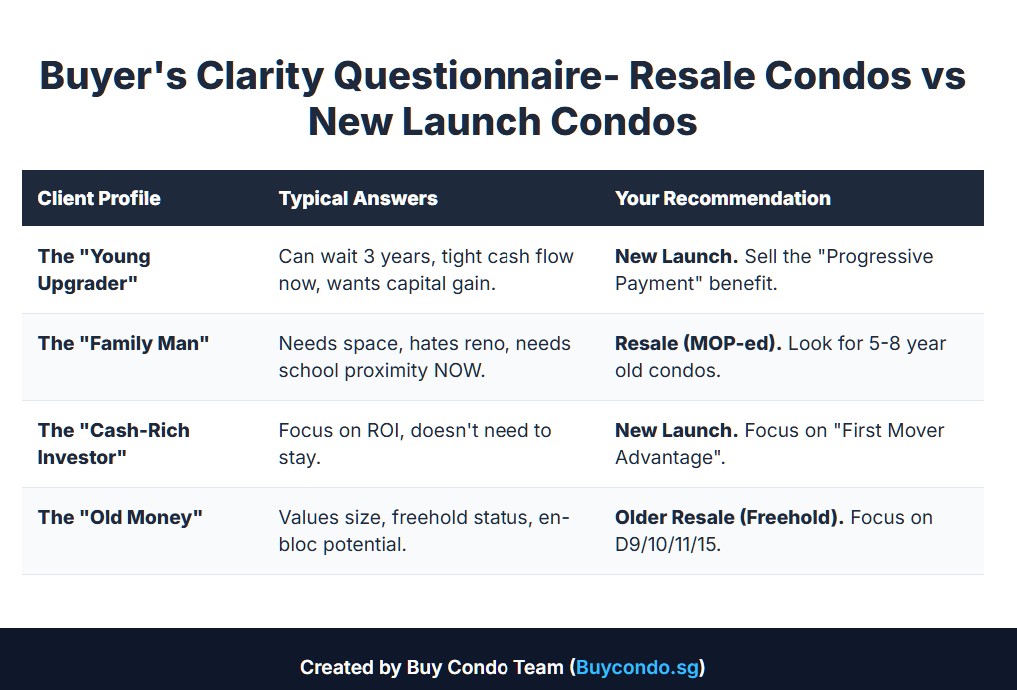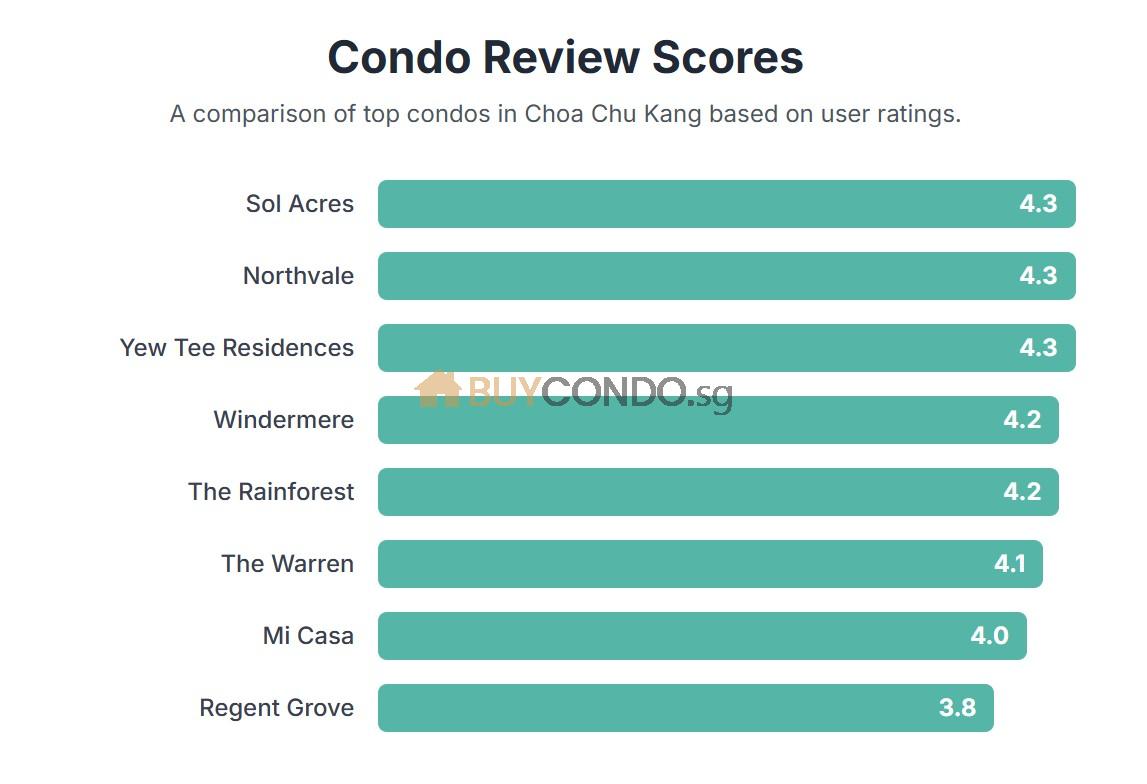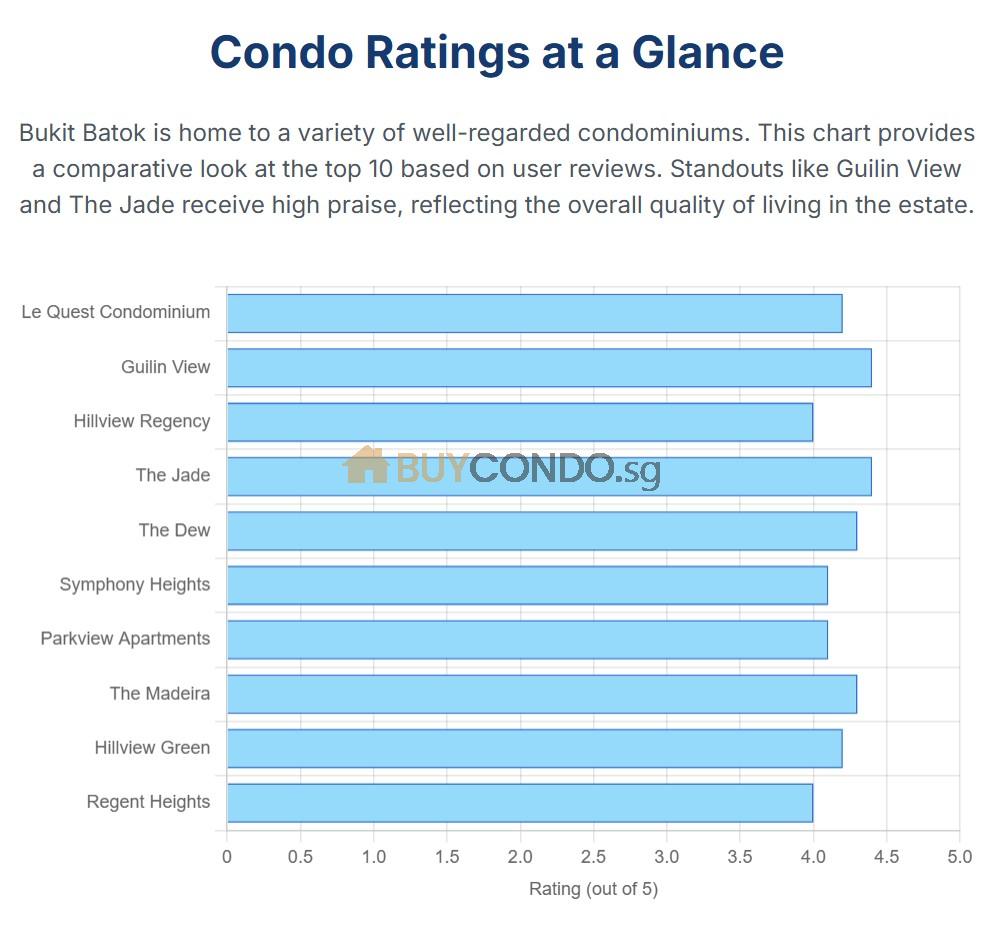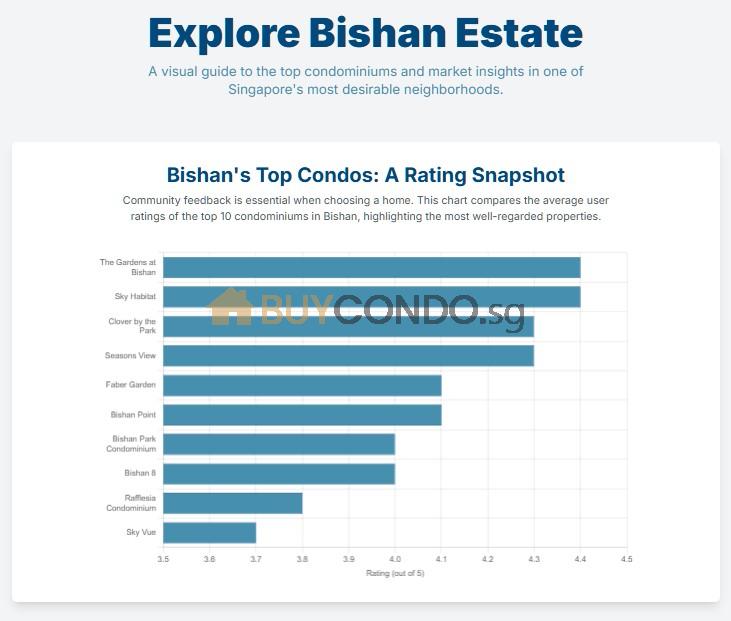Residential Rents bottoming in 3rd Quarter 2024 before recover on supply lag
Gross rental yields have improved as rental growth outpaces prices; Woodlands and Jurong outperform
The Business Times: Property Insights 2024
Residential Rental Market Outlook
In the second half of 2024, residential rents in Singapore may reach their lowest point before recovering due to a lag in supply and improved economic growth. Gross rental yields have seen an increase as rental growth has outpaced property prices, with Woodlands and Jurong showing significant performance.
Market Trends and Analysis
The private residential non-landed rental market experienced fluctuations in the latter half of 2023. Despite a solid start to the year with a 6.2% rise in rents in Q1, the market showed signs of slowing down by Q2, with a 2.3% increase. This deceleration continued due to a quiet job market and an influx of newly completed units, totaling over 12,000 in H2 2023. Consequently, rents flattened in Q3 and contracted by 1.8% in Q4, marking the first decline since Q4 2020.
Apartments & Condos for Rent in Singapore
Regional Performance
The Core Central Region (CCR) was notably impacted, with rents declining for two consecutive quarters in Q3 and Q4 2023. This was due to tenants being priced out and moving to the Rest of Central Region and Outside Central Region, leading to an increase in vacant homes in the CCR to 8,494 by Q4 2023.
In contrast, Districts 25 (Kranji, Woodgrove) and 22 (Jurong) saw significant rent increases in H2 2023, with median rents rising by 16.5% and 10.3%, respectively. The lack of new supply and strong demand, particularly due to proximity to the Singapore American School, supported these gains.
Future Projections
Looking ahead, the rental market is expected to stabilize and potentially rise in the coming years, driven by reduced supply. The supply of private non-landed homes is projected to be 9,636 units in 2024, significantly lower than 2023’s 19,390 units. Tenant demand is anticipated to increase with better economic conditions, leading to a potential bottoming out of rents in H2 2024 and subsequent recovery.
Strategic Developments
The introduction of long-stay serviced apartments aims to address short-term supply needs without directly competing with standard leases. Additionally, the government has temporarily relaxed the occupancy cap for larger units to mitigate the supply crunch, although the impact is expected to be minimal due to higher property taxes and potential inconveniences for tenants.
District 25 (Kranji, Woodgrove) is poised for continued growth, with no new supply since 2015 and future developments like the Johor-Singapore Special Economic Zone and the Rapid Transit System expected to boost demand in the area.
Expert Insights: Residential Rents bottoming in 3rd Quarter 2024 before recover on supply lag
Mark Yip, CEO, and Lee Sze Teck, Senior Director of Data Analytics at Huttons Asia, provide these insights into the evolving property market landscape. They highlight the potential for sustained rental growth and capital appreciation, particularly in strategic districts like Woodlands, with upcoming projects such as the new launch along Champions Way in 2024.
Another Good Article for Read Up:
Rental Market in Singapore 2024
As of the latest analysis, the Singapore neighborhoods that are currently showing strong performance in terms of rental yields include:
- District 25 (Kranji, Woodgrove): This area stands out with an estimated gross rental yield of about 5% as of Q4 2023. The strong demand, partly due to its proximity to the Singapore American School, has supported rental growth in this district.
- District 22 (Jurong): This district has also shown significant rental yield performance, with an estimated yield of 4.5%. The area’s development and strategic location contribute to its appeal for renters.
- District 2 (Anson, Tanjong Pagar) and District 8 (Little India): Both districts have an estimated gross rental yield of 4.2%. These areas are popular due to their central locations and vibrant communities, which attract a steady demand from tenants.
These neighborhoods are benefiting from a combination of limited new supply and strong tenant demand, leading to improved rental yields.













